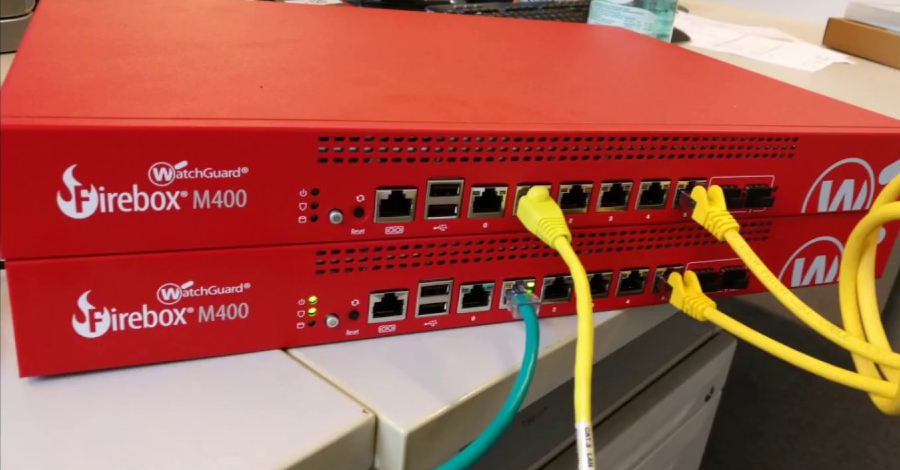In a significant move to bolster cybersecurity in India’s financial ecosystem, the Reserve Bank of India (RBI) has underscored the urgent need for regulated entities—especially banks—to adopt Zero Trust approaches as part of a broader strategy to curb cyber fraud. In its latest Financial Stability Report (June 2025), RBI highlighted Zero Trust as a foundational pillar for risk-based supervision, AI-aware defenses, and proactive cyber risk management.
The directive comes amid growing concerns about the digital attack surface, vendor lock-in risks, and the systemic threats posed by overreliance on a few IT infrastructure providers. RBI has clarified that traditional perimeter-based security is no longer enough, and financial institutions must transition to continuous verification models where no user or device is inherently trusted.
What is Zero Trust?
Zero Trust is a modern security framework built on the principle: “Never trust, always verify.”
Unlike legacy models that grant broad access to anyone inside the network, Zero Trust requires every user, device, and application to be verified continuously, regardless of location—inside or outside the organization’s perimeter.
Key principles of Zero Trust include:
- Least-privilege access: Users only get access to what they need—nothing more.
- Micro-segmentation: Breaking down networks and applications into smaller zones to isolate threats.
- Continuous verification: Access is granted based on multiple dynamic factors, including identity, device posture, location, time, and behavior.
- Assume breach: Security models assume threats are already inside the network and act accordingly.
In short, Zero Trust ensures that access is never implicit, and every request is assessed with context and caution.
Seqrite ZTNA: Zero Trust in Action for Indian Banking
To help banks and financial institutions meet RBI’s Zero Trust directive, Seqrite ZTNA (Zero Trust Network Access) offers a modern, scalable, and India-ready solution that aligns seamlessly with RBI’s vision.
Key Capabilities of Seqrite ZTNA
- Granular access control
It allows access only to specific applications based on role, user identity, device health, and risk level, eliminating broad network exposure. - Continuous risk-based verification
Each access request is evaluated in real time using contextual signals like location, device posture, login time, and behavior. - No VPN dependency
Removes the risks of traditional VPNs that grant excessive access. Seqrite ZTNA gives just-in-time access to authorized resources. - Built-in analytics and audit readiness
Detailed logs of every session help organizations meet RBI’s incident reporting and risk-based supervision requirements. - Easy integration with identity systems
Works seamlessly with Azure AD, Google Workspace, and other Identity Providers to enforce secure authentication. - Supports hybrid and remote workforces
Agent-based or agent-less deployment suits internal employees, third-party vendors, and remote users.
How Seqrite ZTNA Supports RBI’s Zero Trust Mandate
RBI’s recommendations aren’t just about better firewalls but about shifting the cybersecurity posture entirely. Seqrite ZTNA helps financial institutions adopt this shift with:
- Risk-Based Supervision Alignment
- Policies can be tailored based on user risk, job function, device posture, or geography.
- Enables graded monitoring, as RBI emphasizes, with intelligent access decisions based on risk level.
- CART and AI-Aware Defenses
- Behavior analytics and real-time monitoring help institutions detect anomalies and conduct Continuous Assessment-Based Red Teaming (CART) simulations.
- Uniform Incident Reporting
- Seqrite’s detailed session logs and access histories simplify compliance with RBI’s call for standardized incident reporting frameworks.
- Vendor Lock-In Mitigation
- Unlike global cloud-only vendors, Seqrite ZTNA is designed with data sovereignty and local compliance in mind, offering full control to Indian enterprises.
Sample Use Case: A Mid-Sized Regional Bank
Challenge: The bank must secure access to its core banking applications for remote employees and third-party vendors without relying on VPNs.
With Seqrite ZTNA:
- Users access only assigned applications, not the entire network.
- Device posture is verified before every session.
- Behavior is monitored continuously to detect anomalies.
- Detailed logs assist compliance with RBI audits.
- Risk-based policies automatically adjust based on context (e.g., denying access from unknown locations or outdated devices).
Result: A Zero Trust-aligned access model with reduced attack surface, better visibility, and continuous compliance readiness.
Conclusion: Future-Proofing Banking Security with Zero Trust
RBI’s directive isn’t just another compliance checklist, it’s a wake-up call. As India’s financial institutions expand digitally, adopting Zero Trust is essential for staying resilient, secure, and compliant.
Seqrite ZTNA empowers banks to implement Zero Trust in a practical, scalable way aligned with national cybersecurity priorities. With granular access control, continuous monitoring, and compliance-ready visibility, Seqrite ZTNA is the right step forward in securing India’s digital financial infrastructure.
The post RBI Emphasizes Adopting Zero Trust Approaches for Banking Institutions appeared first on Blogs on Information Technology, Network & Cybersecurity | Seqrite.



